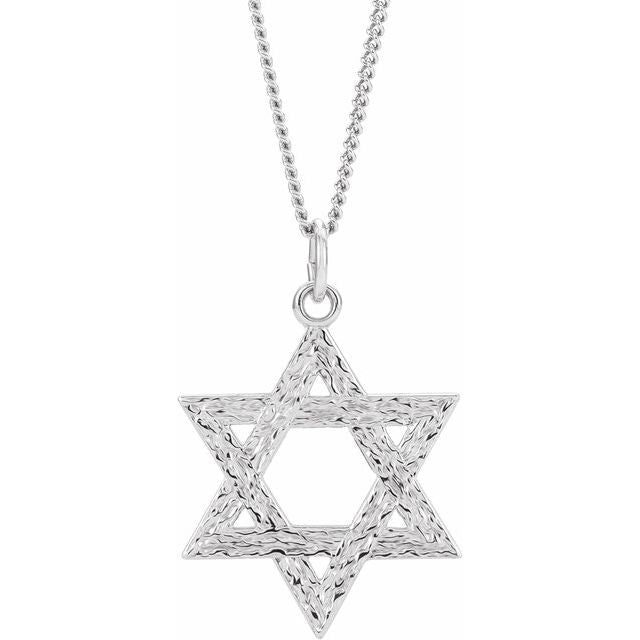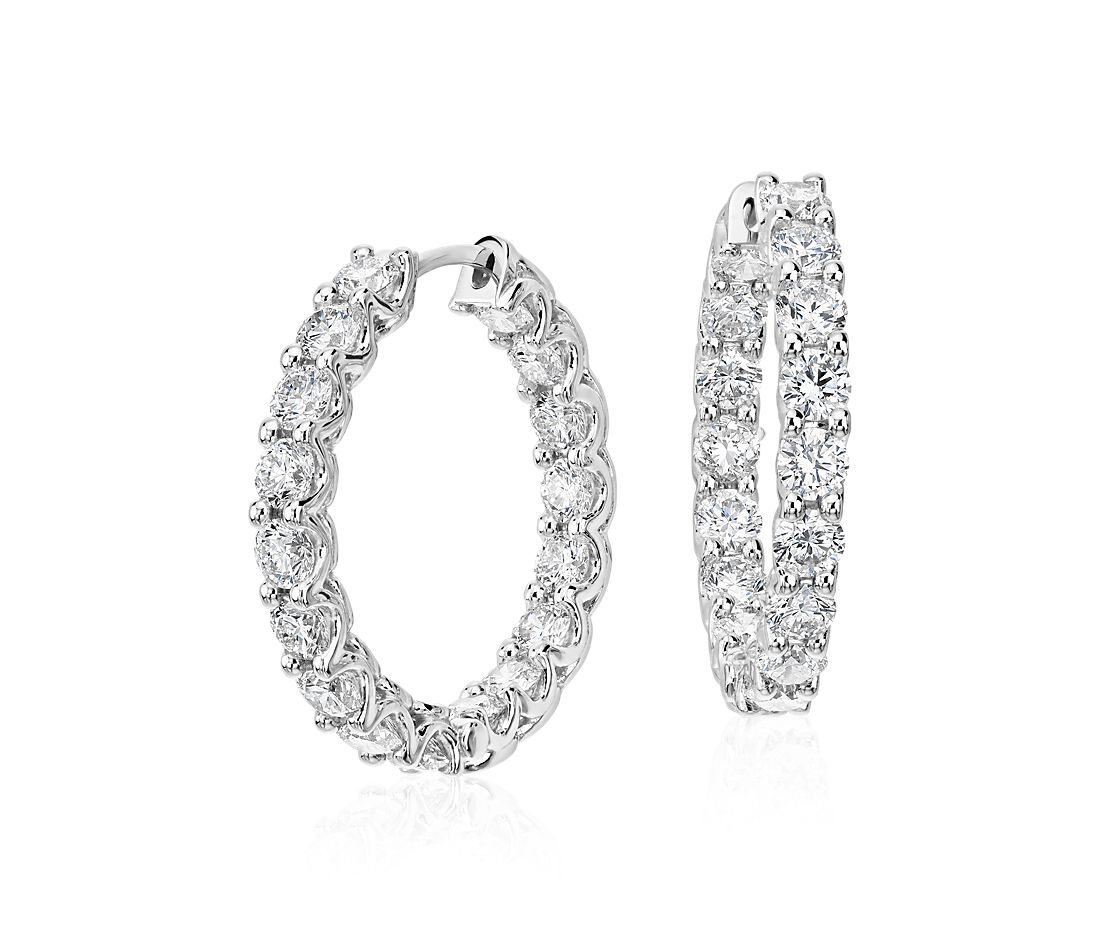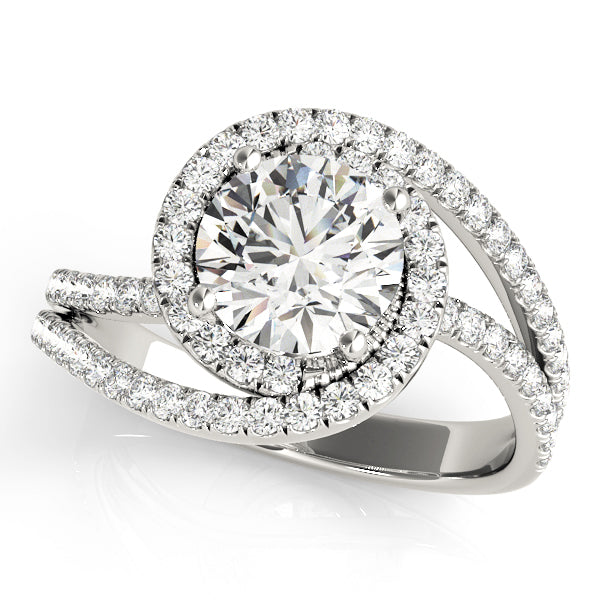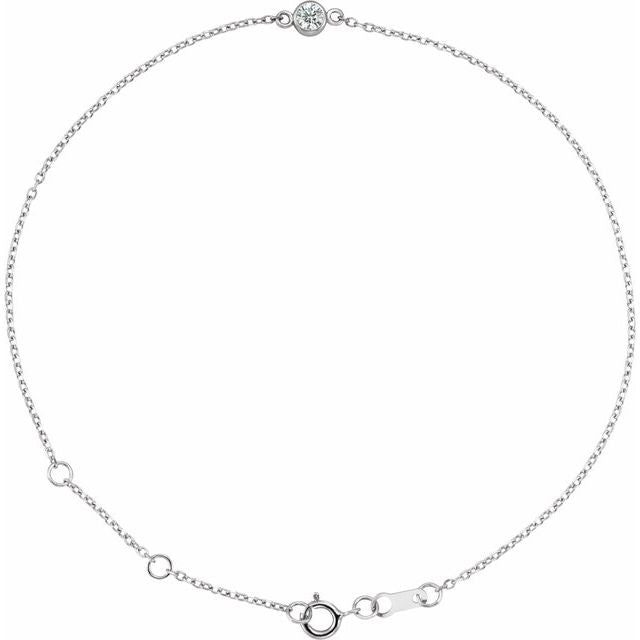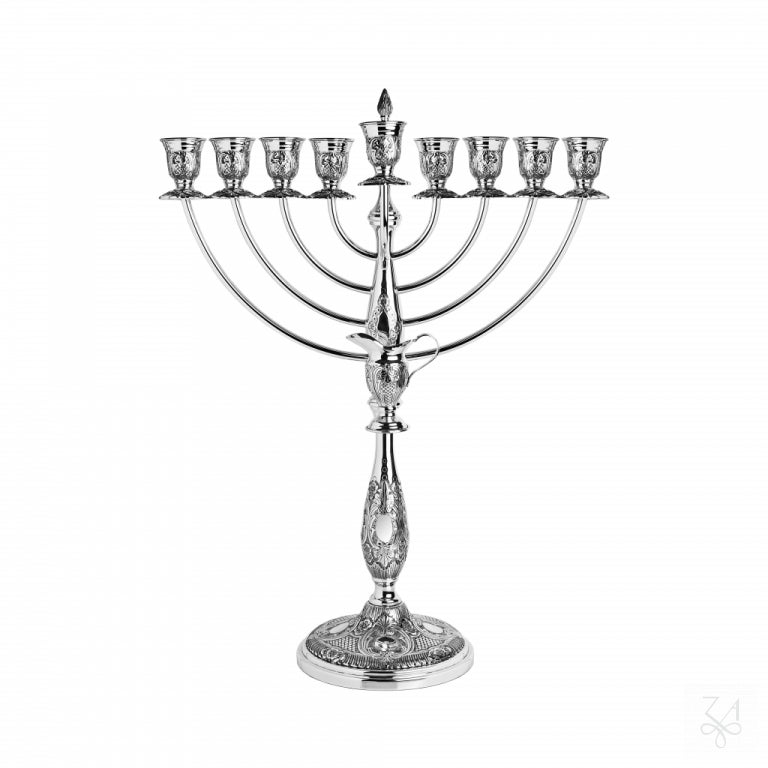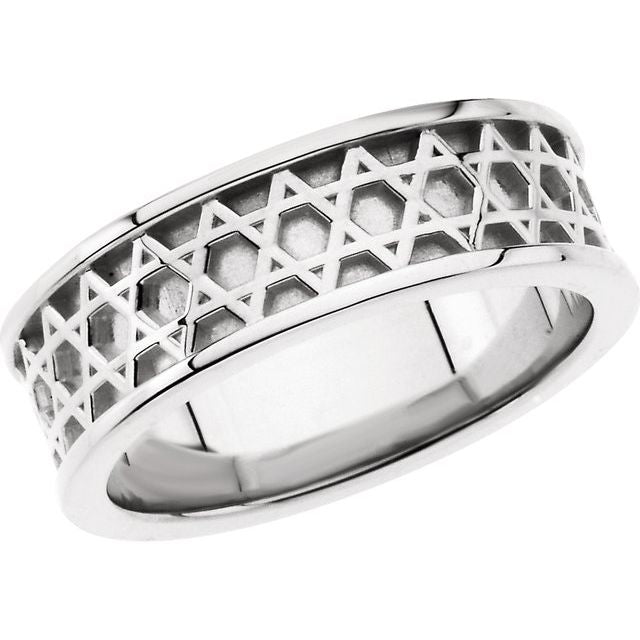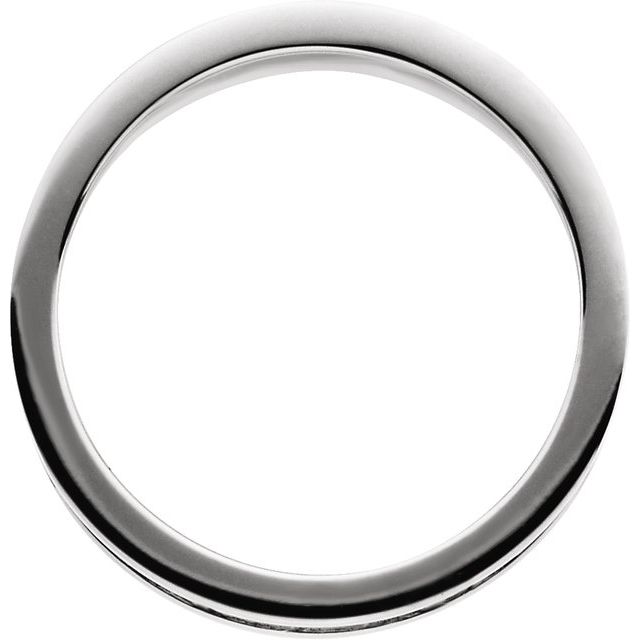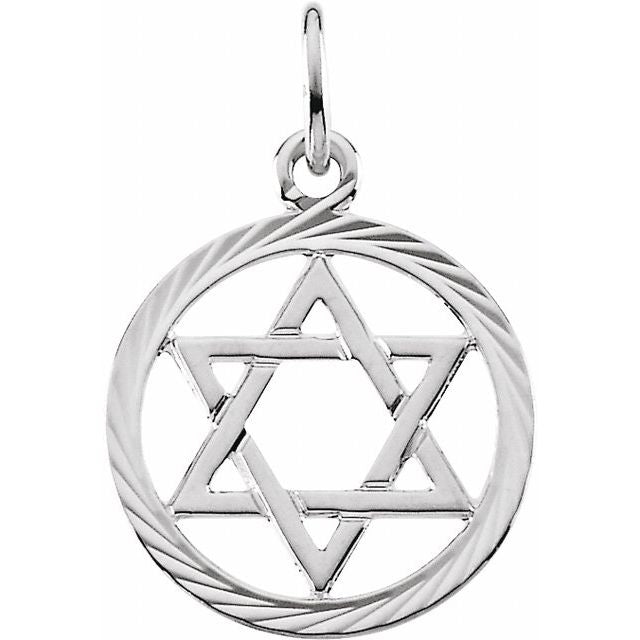How Much Does Jewelry Repair Cost? A Breakdown of Common Repairs

Jewelry holds a special place in our hearts. Whether it's the engagement ring that symbolizes your commitment, the family heirloom passed down through generations, or that statement piece that perfectly completes your favorite outfit—jewelry often carries both monetary and sentimental value. But what happens when your precious pieces break, tarnish, or simply need some TLC?
Understanding jewelry repair costs can feel like navigating a maze. Prices vary widely based on the type of repair, materials involved, complexity of the work, and even your geographic location. This comprehensive guide will walk you through the costs associated with common jewelry repairs, helping you make informed decisions about restoring your treasured pieces.

The Factors That Influence Jewelry Repair Costs
Before diving into specific repair costs, it's important to understand what affects the price you'll pay. Jewelry repair isn't a one-size-fits-all service, and several key factors determine the final bill.
The material of your jewelry significantly impacts repair costs. Gold, platinum, and silver each require different techniques and expertise. Platinum, being the most difficult to work with due to its high melting point, typically commands the highest repair prices. Gold repairs vary based on karat weight, with higher karat gold (like 18K or 24K) generally costing more to repair than 10K or 14K pieces. Silver, being more affordable and easier to work with, usually comes with lower repair costs.
The complexity of the repair job is another major factor. A simple chain solder might take minutes, while resetting a delicate antique stone in a vintage setting could require hours of painstaking work. More complex repairs demand greater skill and time, which translates to higher costs.
The reputation and location of the jeweler also play significant roles in pricing. A high-end jeweler in Manhattan will likely charge more than a small-town jewelry shop. However, prestigious establishments often employ master craftspeople whose expertise may be worth the premium for intricate or valuable pieces.
Additionally, the urgency of your repair can affect the price. Rush jobs typically incur extra charges, sometimes as much as 25-50% above standard rates. If your repair isn't time-sensitive, you might save money by opting for the standard turnaround time.
Ring Sizing: A Common But Variable Cost
Ring sizing is perhaps the most frequently requested jewelry repair. Whether your ring is too tight, too loose, or you've inherited a beautiful piece that doesn't quite fit, ring sizing can make it wearable again.
The cost of ring sizing depends primarily on whether you're sizing up or down, and the material of the ring. Sizing down is generally less expensive because it involves removing a section of the band and rejoining the ends. Sizing up requires adding new material, which increases the cost.
For silver rings, sizing typically ranges from $20 to $60. Gold rings command higher prices, usually between $50 and $150 depending on the karat weight and whether you're sizing up or down. Platinum rings, being the most challenging to work with, can cost between $80 and $200 for sizing.
Rings with intricate designs, channel-set stones, or eternity bands (those with stones all around the band) present special challenges. Some eternity bands cannot be sized at all, while others might require extensive reworking that can cost $200 or more. Rings with channel-set stones might need stone removal and resetting, adding to the overall cost.
Tension-set rings, where the stone appears to be held in place by the tension of the metal alone, often require specialized knowledge to resize and can cost significantly more—sometimes $200 to $300 or higher.
It's worth noting that extreme size changes (more than two sizes up or down) may affect the structural integrity of the ring and could cost more as additional material and labor are required.

Chain and Clasp Repairs: Small Fixes With Variable Pricing
Broken chains are among the most common jewelry issues. Whether it's a delicate necklace that's snapped or a bracelet with a broken link, chain repairs are relatively straightforward but vary in cost based on the material and type of chain.
A simple chain solder for a silver chain typically costs between $20 and $40. Gold chain repairs start around $30 and can go up to $90 depending on the karat weight and complexity of the chain design. Platinum chain repairs generally start at $50 and can exceed $150 for intricate patterns.
Clasp replacements are another frequent repair. A basic spring ring or lobster clasp replacement for a silver piece might cost $15 to $30. Gold clasp replacements range from $40 to over $100 depending on the style and karat weight. Specialty clasps, such as box clasps with safety catches or intricate designer clasps, can cost significantly more—sometimes $100 to $250 or higher.
Some chains require more extensive work. For instance, a severely damaged rope chain might need multiple links repaired or replaced. In such cases, jewelers might charge by the link or offer a flat rate for extensive repairs, which could range from $50 to $200 or more depending on the material and extent of damage.
For very damaged chains, jewelers might recommend replacement rather than repair, especially if the cost of repair approaches or exceeds the value of the chain itself. In these cases, it's worth getting multiple opinions before proceeding.
Stone Setting and Replacement: Protecting Your Gems
Loose or missing stones are not just aesthetic issues—they can lead to lost gems if not addressed promptly. The cost of stone setting varies dramatically based on the size and type of stone, the setting style, and whether you need to replace the stone itself.
Tightening a loose stone is relatively inexpensive, typically ranging from $25 to $50 for most basic settings. However, if the prongs are worn or damaged, they may need to be rebuilt or replaced, which can cost $80 to $150 per prong.
Replacing a lost stone adds the cost of the new stone to the setting fee. Diamond replacements vary enormously based on the four Cs (cut, color, clarity, and carat weight). A small accent diamond might cost $20 to $100, while a center stone could run into thousands of dollars. Colored gemstones also vary widely in price, from inexpensive synthetic stones at $10 to $50, to rare natural gems that can cost hundreds or thousands.
The setting style significantly impacts the labor cost. Prong settings are typically the least expensive to work with, while channel settings, bezel settings, and pavé settings require more time and skill, increasing the labor cost by 50% or more.
For heirloom pieces or high-value jewelry, some jewelers recommend creating a custom-cut stone to match the original setting. This specialized service can cost significantly more but may be worth it for preserving the integrity and value of an important piece.
Prong Repair and Replacement: Safeguarding Your Stones
Prongs are the small metal projections that hold stones securely in place. Over time, prongs can wear down, bend, or break, putting your precious stones at risk. Addressing prong issues promptly is essential to prevent stone loss.
Retipping prongs—adding new metal to worn prongs—typically costs $20 to $40 per prong for silver jewelry, $30 to $60 per prong for gold, and $40 to $80 per prong for platinum. Most rings have four to six prongs, so a complete retipping job could range from $80 to $480 depending on the material and number of prongs.
Completely replacing prongs is more extensive and costly. Expect to pay $80 to $250 for a full prong replacement on a single stone, depending on the metal and complexity of the setting.
For pieces with multiple stones and prong settings, such as three-stone rings or tennis bracelets, the costs multiply accordingly. Some jewelers offer package pricing for multiple prong repairs on the same piece, which can provide some savings compared to individual prong pricing.
The age and condition of your jewelry also affect prong repair costs. Antique or vintage pieces often require more careful handling and specialized techniques, which can increase the price by 25% or more compared to modern jewelry repairs.
Watch Repairs: Keeping Time with Your Timepiece
Watch repairs encompass a wide range of services, from simple battery replacements to complex mechanical overhauls. The cost varies dramatically based on the type of watch and the nature of the repair.
Battery replacement for a standard quartz watch typically costs $10 to $20, though high-end water-resistant watches may cost $30 to $50 as they require special tools and pressure testing after the replacement.
Watch band repairs or replacements vary based on the material. A basic link removal or addition for metal bands usually costs $10 to $30. Replacing a leather strap ranges from $20 for basic options to $200 or more for exotic leathers or designer brands. Metal bracelet replacements can cost anywhere from $50 for base metals to several hundred dollars for precious metals.
Crystal (watch face) replacement typically ranges from $30 for acrylic crystals to $150 or more for sapphire crystals. Vintage or unusual shapes may cost more due to the need for custom cutting.
Mechanical watch repairs are the most variable and potentially expensive. Basic cleaning and oiling might start at $100 to $200, while a complete overhaul of a fine Swiss mechanical watch can easily cost $300 to $1,000 or more. Vintage or luxury watches from brands like Rolex, Omega, or Patek Philippe often require specialized service that can cost several thousand dollars.
For high-value timepieces, many experts recommend service by the original manufacturer or their authorized service centers. While this is typically more expensive than independent watchmakers, it ensures proper parts and expertise, which can be crucial for maintaining the watch's value and performance.
Earring Repairs: Small Pieces with Specific Needs
Earrings present unique repair challenges due to their small size and the need for pairs to match perfectly. Common earring repairs include replacing posts or backs, fixing broken hinges on hoops, and repairing or replacing settings.
Replacing earring posts or backs is relatively inexpensive, typically costing $20 to $50 per earring depending on the metal. Converting pierced earrings to clip-ons or vice versa usually costs $40 to $80 per pair.
Hoop earring repairs, such as fixing broken hinges or clasps, generally range from $30 to $90 per earring depending on the metal and complexity. For precious metal hoops, costs can be higher if significant amounts of new material are needed.
Stone setting repairs for earrings follow similar pricing to other jewelry but may include a premium for matching work on both pieces. Expect to pay $25 to $60 per stone for tightening, and more for replacement or resetting.
For antique or designer earrings, repair costs may be higher due to the need to maintain the original design and appearance. Some jewelers specialize in period pieces and may charge 20-30% more than standard repairs, but their expertise can be valuable for preserving the character of special pieces.
Bracelet and Bangle Repairs: Circling Back to Perfect Condition
Bracelets and bangles face constant stress from wrist movement and frequent contact with surfaces, making them prone to various issues. Repair costs vary based on style, material, and the specific problem.
Link repairs for chain bracelets typically cost $20 to $60 for silver, $40 to $100 for gold, and $60 to $150 for platinum. Tennis bracelet repairs, which often involve multiple stone settings, can range from $50 for simple prong tightening to $200 or more for extensive prong rebuilding or stone replacement.
Clasp replacements for bracelets tend to be more substantial than those for necklaces due to the increased stress they endure. Expect to pay $25 to $50 for silver bracelet clasps, $60 to $150 for gold, and $100 to $200 for platinum.
Bangle repairs present unique challenges, especially if they're solid pieces. Fixing a crack or break in a solid bangle can cost $50 to $200 depending on the material and extent of damage. Hinged bangles may require hinge repair or replacement, typically costing $75 to $150.
Charm bracelet repairs often involve reattaching or replacing jump rings, which usually costs $10 to $30 per charm. Adding safety chains to valuable bracelets costs $40 to $100 depending on the material and complexity.
For expandable bracelets like those with stretch cords or spring mechanisms, restringing or mechanism replacement typically ranges from $30 to $80 depending on the number of components that need to be removed and replaced.
Cleaning, Polishing, and Maintenance: Preventive Care Costs
Regular maintenance can extend the life of your jewelry and prevent more costly repairs down the line. Professional cleaning and polishing services vary in price based on the material and complexity of the piece.
Basic professional cleaning typically costs $25 to $50 for most jewelry pieces. This usually includes ultrasonic cleaning, steam cleaning, and basic polishing. Some jewelers offer free cleaning for pieces purchased from their store, which can be a valuable perk.
More intensive polishing to remove scratches and restore luster costs $50 to $100 for most pieces. Rhodium plating for white gold, which restores the bright white appearance, typically costs $60 to $120 for rings and can be more for larger pieces like bracelets.
Annual inspections are often offered free or at minimal cost ($10 to $25) and can identify potential issues before they become serious problems. Many jewelers recommend inspection and cleaning every six to twelve months, especially for frequently worn pieces.
Preventive maintenance such as checking and tightening stones or replacing worn prongs before they fail can save money in the long run by preventing lost stones or more extensive damage. Consider budgeting $50 to $100 annually for basic maintenance of valuable pieces.
Some jewelers offer maintenance plans or packages that include regular cleaning, inspection, and minor repairs for an annual fee. These can be cost-effective for those with several pieces of fine jewelry.
Specialty Repairs: Unique Challenges, Unique Costs
Some jewelry repairs fall outside standard categories and require specialized skills or techniques. These specialty repairs often come with higher price tags due to their unique nature.
Antique or vintage jewelry restoration requires specialized knowledge of period-appropriate techniques and materials. Costs for these services vary widely but typically start at $100 to $200 for basic restoration and can reach $500 to $1,000 or more for complex pieces with multiple issues.
Engraving removal or addition typically costs $30 to $100 depending on the length and complexity of the text or design. Laser engraving tends to be more precise but may cost 20-30% more than traditional hand engraving.
Restringing pearl necklaces is a specialized service that typically costs $50 to $150 depending on the length and whether knots are placed between each pearl (recommended for valuable pearls). Silk thread restringing costs more than nylon but provides a more authentic look and feel.
Custom modifications to existing jewelry, such as adding stones, changing settings, or combining elements from different pieces, are highly variable in cost. Simple modifications might start at $100, while complex redesigns can cost $500 to $1,000 or more, not including the cost of any additional materials.
Soldering charms to bracelets or adding jump rings typically costs $20 to $50 per attachment. Creating custom findings or components can cost significantly more, depending on the complexity and material.
DIY vs. Professional Repair: When to Save and When to Spend
While some minor jewelry issues can be addressed at home, most repairs benefit from professional attention. Understanding when to attempt DIY solutions and when to seek expert help can save both money and heartache.
Simple cleaning can often be done at home using mild soap, warm water, and a soft brush. Commercial jewelry cleaning solutions are also available for home use at $5 to $15. However, pieces with delicate stones (like opals, pearls, or emeralds) or antique pieces should generally be professionally cleaned.
Basic link repairs on inexpensive costume jewelry might be attempted with simple tools, but precious metal repairs require proper equipment and expertise. The risk of further damage often outweighs the potential savings of DIY approaches for valuable pieces.
When evaluating repair costs, consider the value—both monetary and sentimental—of your jewelry. Spending $200 to repair a $100 silver necklace might not make financial sense unless it has significant emotional value. Conversely, skimping on repairs for valuable pieces can lead to more extensive damage and higher costs later.
Insurance claims can sometimes cover jewelry repairs if the damage resulted from a covered event. Check your homeowner's or renter's insurance policy, or any specific jewelry insurance you might have, before paying out of pocket for significant repairs.
Finding the Right Jeweler: Balancing Cost and Quality
Choosing the right professional for your jewelry repairs involves more than just finding the lowest price. The quality of workmanship can significantly impact both the appearance and longevity of the repair.
Independent jewelers often provide personalized service and may offer more competitive pricing than chain stores. However, they vary widely in expertise and specialization. Ask about their experience with your specific type of repair and request to see examples of similar work they've completed.
Chain jewelry stores typically have standardized pricing and processes, which can be reassuring. Many offer warranties on their repair work. However, repairs may be sent to centralized facilities rather than done on-site, potentially increasing turnaround time.
Specialty repair shops that focus exclusively on repairs (rather than sales) often have the most experience with complex issues. These specialists may charge premium rates but can be worth it for valuable or complicated pieces.
Always get detailed written estimates before proceeding with repairs. The estimate should specify exactly what work will be done, what materials will be used, the expected timeframe, and any guarantees offered. Multiple estimates can help you gauge fair pricing for your specific repair.
Ask about guarantees or warranties on repair work. Quality jewelers typically stand behind their work with some form of guarantee, often ranging from 30 days to one year depending on the type of repair.
Conclusion: Investing in the Life of Your Jewelry
Jewelry repair costs vary widely based on materials, complexity, and the expertise required. While it can sometimes be surprising how much a seemingly small repair might cost, remember that you're paying not just for materials but for specialized skills and equipment.
Proper maintenance and timely repairs can extend the life of your jewelry significantly. Consider the cost of repairs as an investment in preserving both the monetary and sentimental value of your pieces. Regular cleaning, inspection, and addressing minor issues promptly can prevent more costly repairs later.
For pieces with primarily sentimental value, the cost of repair may be worthwhile regardless of the item's market value. Conversely, for purely decorative pieces without significant monetary or emotional value, replacement might be more cost-effective than extensive repairs.
Ultimately, understanding typical repair costs helps you make informed decisions and budget appropriately for maintaining your jewelry collection. By finding a trusted jeweler who provides quality work at fair prices, you can ensure your precious pieces continue to bring joy for years—or even generations—to come.
References
Gemological Institute of America (GIA) - https://www.gia.edu/
American Gem Society - https://www.americangemsociety.org/
Jewelers of America - https://www.jewelers.org/
International Gem Society - https://www.gemsociety.org/
The National Association of Jewelry Appraisers - https://www.najaappraisers.com/
Society of American Silversmiths - https://www.silversmithing.com/
American Watchmakers-Clockmakers Institute - https://www.awci.com/
Jewelers Vigilance Committee - https://www.jvclegal.org/



